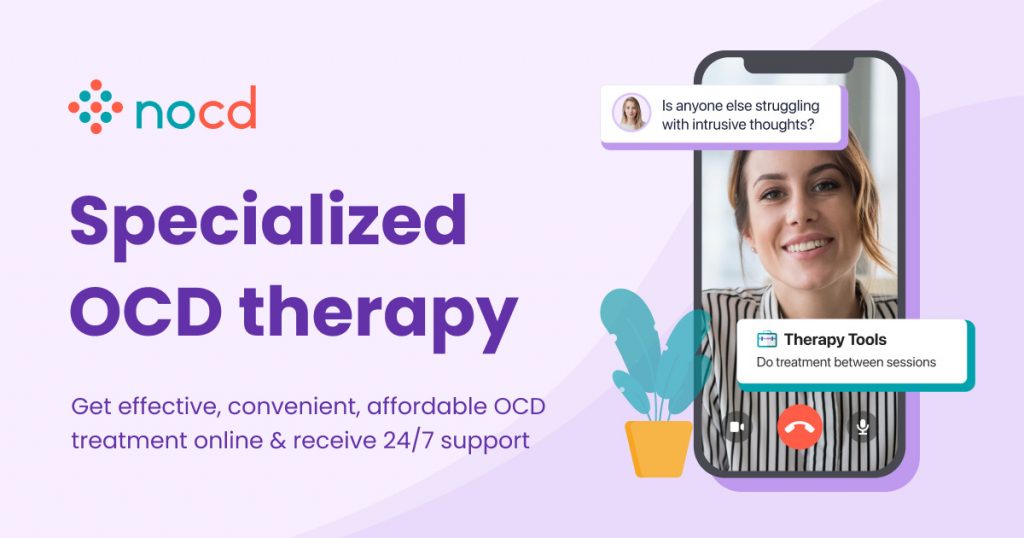Given the public misconceptions of OCD, many people do not associate their symptoms with it. Instead, they may experience fear, shame, and embarrassment, and a reluctance to speak openly even to healthcare providers. Taboo sexual OCD themes, for example, often go untreated. Taboo temptations, along with other harm-related obsessions such as urges to hurt oneself or others are crucial to identify and differentiate from harmful behavior. Developing trust and approaching questions in a gentle, empathetic way can be a way to surface these damaging—often suppressed—OCD symptoms.
Prevalent OCD types and themes
While OCD is often associated with themes of cleanliness or symmetry, there is a growing understanding of the prevalence of harm-related themes, taboo obsessions, and feared outcomes. A recent data study conducted on the NOCD community app analyzed over 7,001 unique words related with obsessions from 25,369 individuals. The findings highlight the significance of harm obsessions as a central focal point across various OCD themes. Self-reported obsessional thoughts related to relationship concerns and the need for things to be “just right” emerged as the second most common theme.
Gaps in clinical education
The challenge in identifying OCD symptoms stems in part from lack of consistent training in graduate and practicum programs. In addition, OCD is often overlooked because symptoms manifest as depression, anxiety, or substance abuse. 76% of people with OCD have a lifetime diagnosis of anxiety disorder making it hard to distinguish recurrent worry thoughts as OCD from situational or generalized anxiety.
Just as alarming, research indicates that substance abuse can develop as a coping mechanism for OCD symptoms [] and fewer than 50% of the people with this concurrence ever seek treatment for OCD. This reinforces the need to look deeper at indicators that may not present as primarily OCD in the presence of other symptoms.








